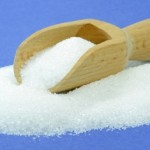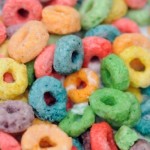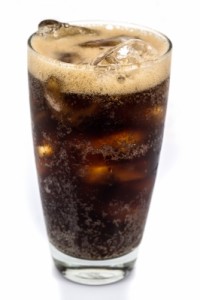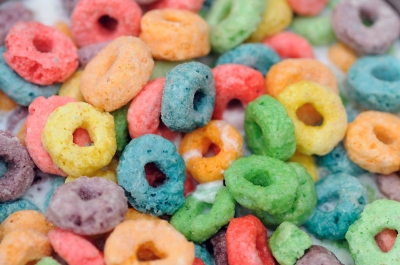What is it about spring cleaning? I guess as we come out of the doldrums of winter, we feel the need to shake off the dirt of our slumber, declutter, and prepare for a reawakening of sorts. In addition to your brick and mortar home, this is also a great time to rework your personal house. You know, the one made of flesh and bone.
While we’re in clean up mode, let’s think about pitching a few unwelcome guests from our diets. There is certainly no shortage of food products out there that are detrimental to your health. But for simplicity’s sake, we’ll look at just 3 of the worst offenders.
1. Artificial Sweeteners
Apparently there’s no such thing as too sweet. Today’s artificial sweetener of choice, sucralose (Splenda), is hundreds of times sweeter than sugar. And though it is touted as an inert, no calorie sweetener, the jury is still out on its long-term effects on our health. Although there is conflicting research on its impact on our health, don’t assume that Sucralose is safe just because it has received clearance from the FDA. After all, this is the same group that approved  saccharin and aspartame safe for consumption. Remember how that worked out?
saccharin and aspartame safe for consumption. Remember how that worked out?
Whenever possible, I prefer to stick to whole, natural food choices, and there are plenty in the way of sweeteners. Raw locally sourced honey is a fantastic option. You might also opt for pure maple syrup or molasses. Bananas or apple sauce can be used as sweeteners in many recipes as a substitute for refined sugar. (Here’s a great banana pancake recipe.)
2. Artificial Coloring
 Pick up 10 typical items off the grocery store shelf, and 9 of them are bound to have artificial coloring. You’ll see them on the label as Yellow No. 5, Red No. 40, etc. Food manufacturers add these to their products to make them look more appealing. But while they might look pretty, they are masking a threat to those who eat them. These dyes are petroleum based and have been identified as culprits in ADD/ADHD and other health concerns, including cancer in animal studies. Learn more from the Center for Science in the Public Interest.
Pick up 10 typical items off the grocery store shelf, and 9 of them are bound to have artificial coloring. You’ll see them on the label as Yellow No. 5, Red No. 40, etc. Food manufacturers add these to their products to make them look more appealing. But while they might look pretty, they are masking a threat to those who eat them. These dyes are petroleum based and have been identified as culprits in ADD/ADHD and other health concerns, including cancer in animal studies. Learn more from the Center for Science in the Public Interest.
I have seen several instances where families with hyperactive children have been able to minimize or eliminate their symptoms by removing artificial dyes from their diets. It can be a painstaking process, but certainly worth the effort.
Here is a good article from Experience Life magazine about artificial food coloring. You’ll learn how to identify “bad” dyes on food labels, as well as some of the healthy natural alternatives. It’s interesting that the European Union requires warning labels on foods containing the most commonly used dyes (and bans several others), while the FDA turns a blind eye.
3. Soda
Soda is quite possibly one of the unhealthiest products you can ingest. (See 1 and 2 above.) Especially when it makes up the bulk of your “hydration”. Soft drinks are chock full of sweeteners and artificial coloring. Consumption of soda has been linked to obesity, diabetes, cavities, and even malnutrition, as all those empty calories end up bumping another potentially healthy food out of your lineup.
Your body’s preferred drink of choice is water. But if you simply can’t stomach plain water and feel you need to add some flavor, squeeze some fresh lemon or lime juice into it. Not only does citrus juice enhance the taste, but it is also a great source of alkalinity. If you’re still craving sweets, a bit of raw honey works great.
Our food supply is loaded with unhealthy, artificial substances designed to drive profits up. Unfortunately, they also tend to send our health plummeting downward. Get familiar with food labels and learn to identify chemical dyes, sweeteners, etc. Whenever possible, steer clear of these items in favor of those that are in their natural state, or at worst, enhanced with natural colorings.
I realize that it’s not realistic to think that you can completely eliminate every potential toxin from your diet, but by limiting your consumption of them, you can greatly minimize your exposure to potential health hazards.

*Image credits to Mister GC, Arvind Balaraman, chayathonwong2000 @ freedigitalphotos.net



